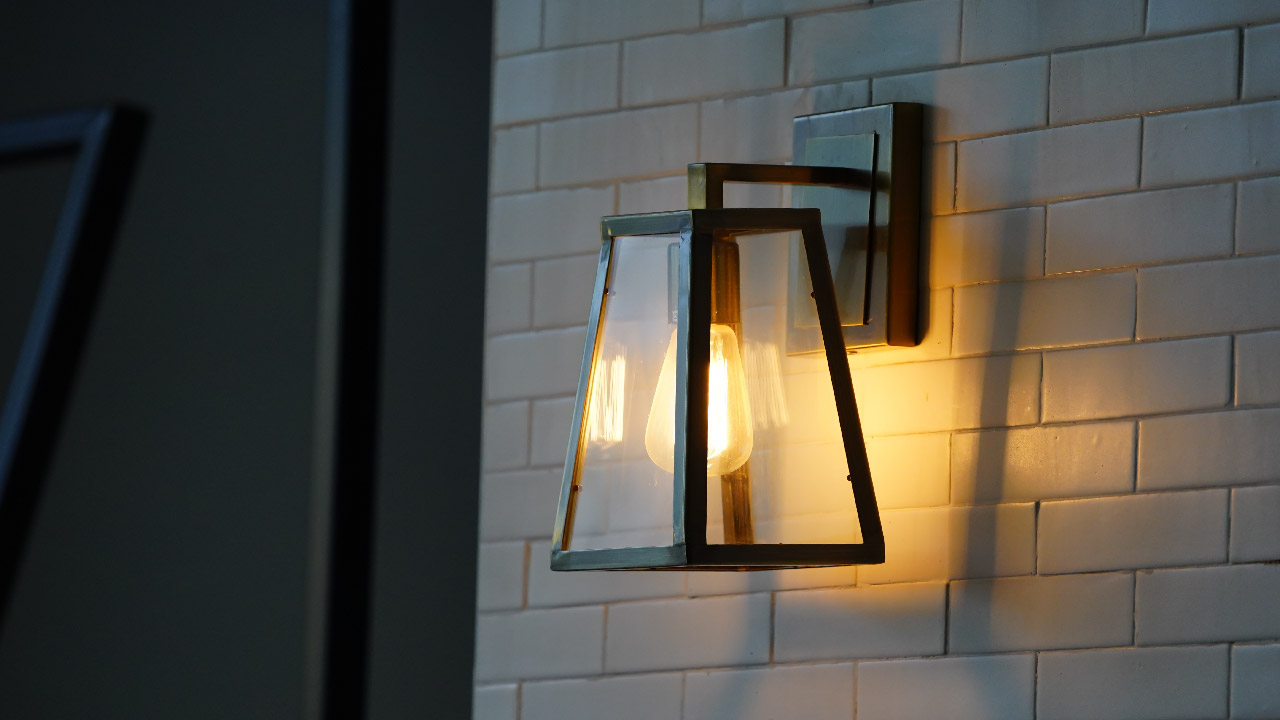Common Outdoor Lighting Problems and How to fix Them
Aug 8th 2023
From enjoyment to security, outdoor lighting has many uses. Once you construct your perfect landscape lighting set-up, it can be frustrating when something goes wrong. However, not all hope is lost; there is always something you can do to return your lighting to its full potential. There are a few common problems that emerge in outdoor lighting, some from nature and others from human error. If you are wondering which problems to look out for and how to fix them, read on.
Insect and Animal Damage
Unfortunately, animals and insects also have an affinity for outdoor lighting. Whether you encounter squirrels chewing through wires or fire ants building a mound right around your lighting fixtures, pests can quickly graduate from a nuisance to a real problem. If pests get into transformers or the light fixtures themselves, it can be costly to fix the damage they cause.
There are a few different options for getting rid of pesky insects and small animals. One of the best ways to limit the bugs flying in and around your lights is to make your property as bird friendly as possible with bird feeders and fruit bushes. A simple DIY method for eliminating fire ants is to pour white vinegar in and around the mound. Another possible solution is to replace bulbs with low-heat LEDs, so insects are unable to detect them. To avoid squirrel damage from chewing through wires, there are a few things you could try. You could spray the wires with a hot pepper spray to give squirrels a burning taste, leading them to avoid the wires in the future. If you haven't yet set up your lighting system, it may be helpful to bury the wires underground.
Worn Out Parts
Even the most well-constructed lighting will eventually wear out with use. Most lighting fixtures have a weatherproof seal to prevent water and dirt from getting into the bulb socket. If this happens, corrosion is very likely. If any corrosion has occurred, then the entire bulb socket will likely need to be replaced. If not, then replacing the seal will help solve the problem.
LEDs last a long time, but they too will eventually need to be replaced. If one LED has gone out due to age, it's likely the others won't be far behind. Changing all of the bulbs at once can be a good way to save money over the long term. Improperly installed lights can also lead to bulbs burning out faster than they should. Ensure the voltage going to each bulb is the same so one isn't burning brighter than the others. This may require hiring outside electrical help.
Failing Connectors
Connectors are the way your lights get connected to the power supply. They are typically placed in protected areas, away from potential hazards like high winds or storms. Exposure to the elements may result in problems such as fraying, potentially leading to a fire hazard. Because of the risks, professional lighting experts should be called to mitigate any hazards in your lighting system. You should focus on prevention and be on the lookout for any signs of disruption in your connectors or wires.
Prevention
One of the best ways to eliminate potential issues is to be vigilant and prevent problems from arising right from the start. Using a surge protector can eliminate issues in your outdoor lighting from electrical surges. Surge protectors ground any extra electricity, so it is unable to go through the wires and cause damage. Be sure all of the light fixtures you are using are rated for outdoor use. Lights rated for indoor use are typically much more fragile and will be unable to withstand the pressures of being permanently outdoors.
See our outdoor lighting selection at DripWorks.com and get more helpful tips by reading our blog.

